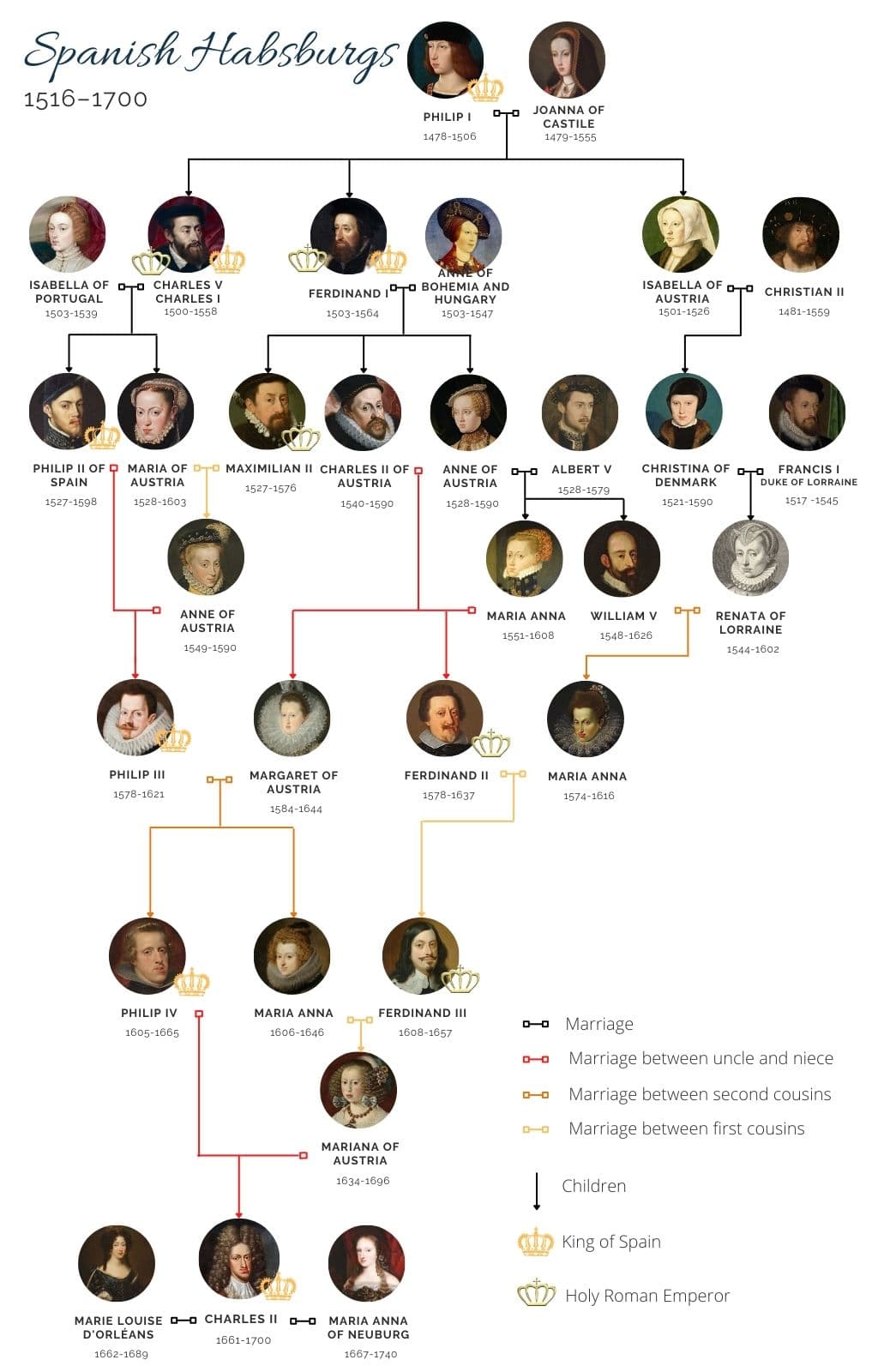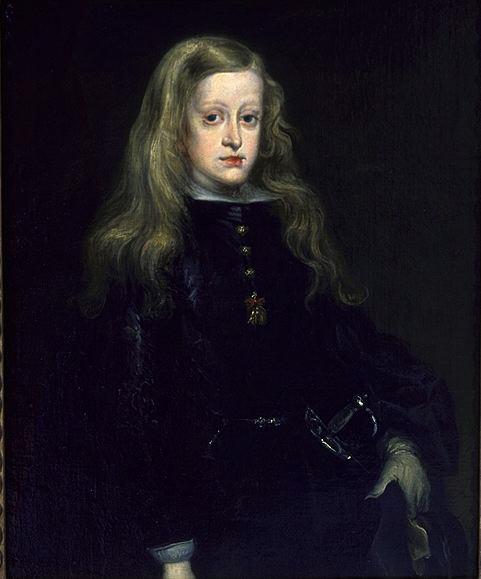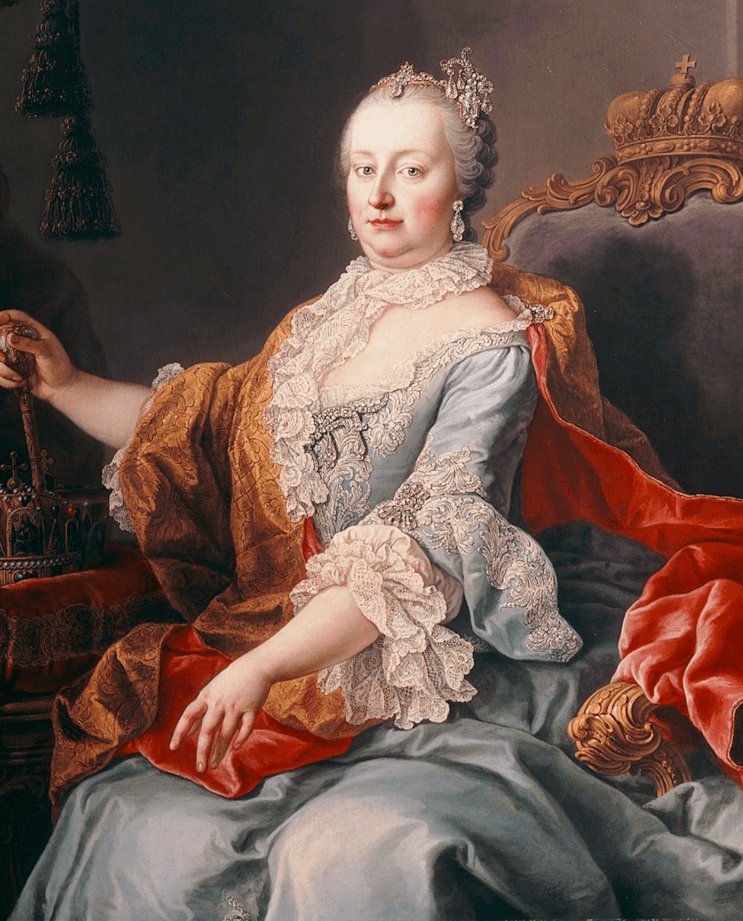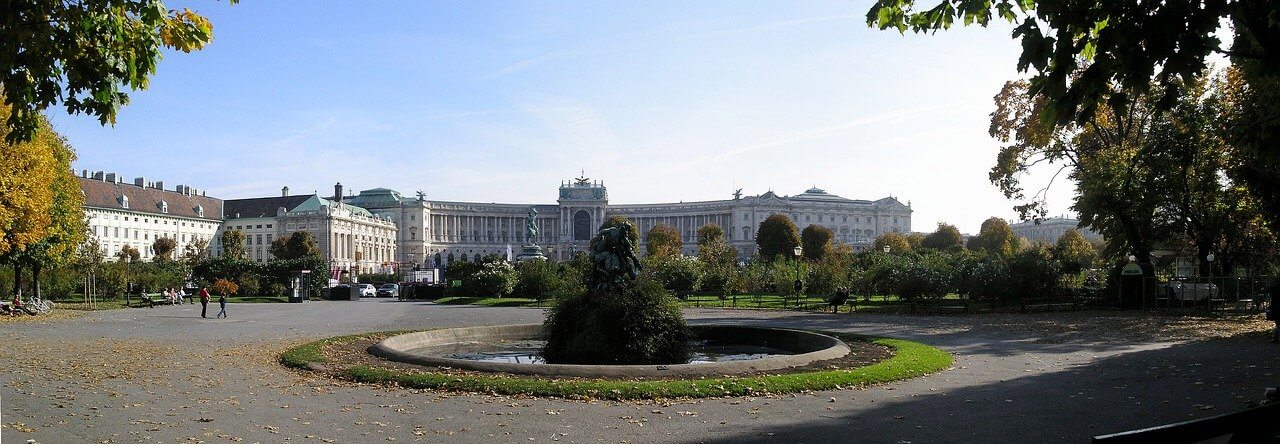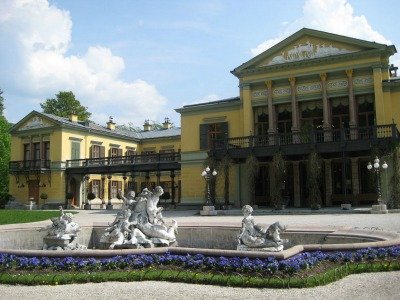The Spanish Habsburg family tree
Looking at the Spanish Habsburg family tree, some oddities catch the attention. At first, there is the weird look of most of the guys in this picture. Their faces get longer as you go down, their jaw becomes bigger. Some try to hide it with a strategic beard, but it is obvious. This infamous “Habsburg jaw,” is most likely caused by the other oddity in this family tree.
Usually, branches of such trees spread out and grow in gradual lines. In the Spanish Habsburg family tree, the branches are tangled up, skipping generations. The tree is getting smaller, instead of growing wider. In the end, the tree dies out with Charles II who had no children. Inbred does not only lead to facial deformity, it also causes infertility.
DISCLOSURE: I get commissions for purchases made through some of the links in this article.
The Spanish Habsburg Family Tree: A Dynasty Forged in Power, Weakened by Blood
Why did the Habsburgs inbred?
The Spanish Habsburgs, a branch of the sprawling European Habsburg dynasty, ruled the Iberian Peninsula for over two centuries. Yet, their reign, marked by immense power and territorial expansion, ultimately crumbled due to a strategy with unforeseen consequences – a relentless pursuit of power through blood ties.
Finding the perfect spouse for someone from the Habsburg family was a difficult task. And this was not not only because of their looks!
Marrying for love was a luxury the Habsburgs couldn't afford. Each union was meticulously planned, a chess move on the grand board of European politics. Their primary objective: to solidify and expand their vast empire. This strategy, however, had a dark side – a reliance on close relatives as spouses.
The limited pool of eligible partners within the Habsburg family tree meant that marriages between uncles and nieces, and first cousins, became disturbingly common. Out of the eleven Habsburg monarchs who ruled Spain, nine ascended the throne through marriages deemed incestuous by modern standards. This causes the odd look of the Spanish Habsburg family tree.
As a mitigating factor, the people of the 16th and 17th centuries were not aware of the threat of inbreeding. As long as the pope gave his blessing to the union, they could not see any obstacles to it. Still, I find it hard to comprehend that it was not weird to marry your daughter off to your brother.
The consequences of this strategy become painfully clear. Successive generations of Habsburg rulers displayed a noticeable decline in physical and mental health. Charles II, the last of the Spanish Habsburg line, embodied the tragic end result. He suffered from numerous health problems, most likely linked to the extensive inbreeding in his family.
Charles' physical ailments were compounded by his infertility, a critical blow to the dynasty's future. The lack of a clear heir plunged Europe into the War of the Spanish Succession, a brutal conflict that ravaged the continent for fourteen long years.
From Austria to Spain: The Rise of the Spanish Habsburgs
Philip the Handsome and Joan "the Mad" (1496)
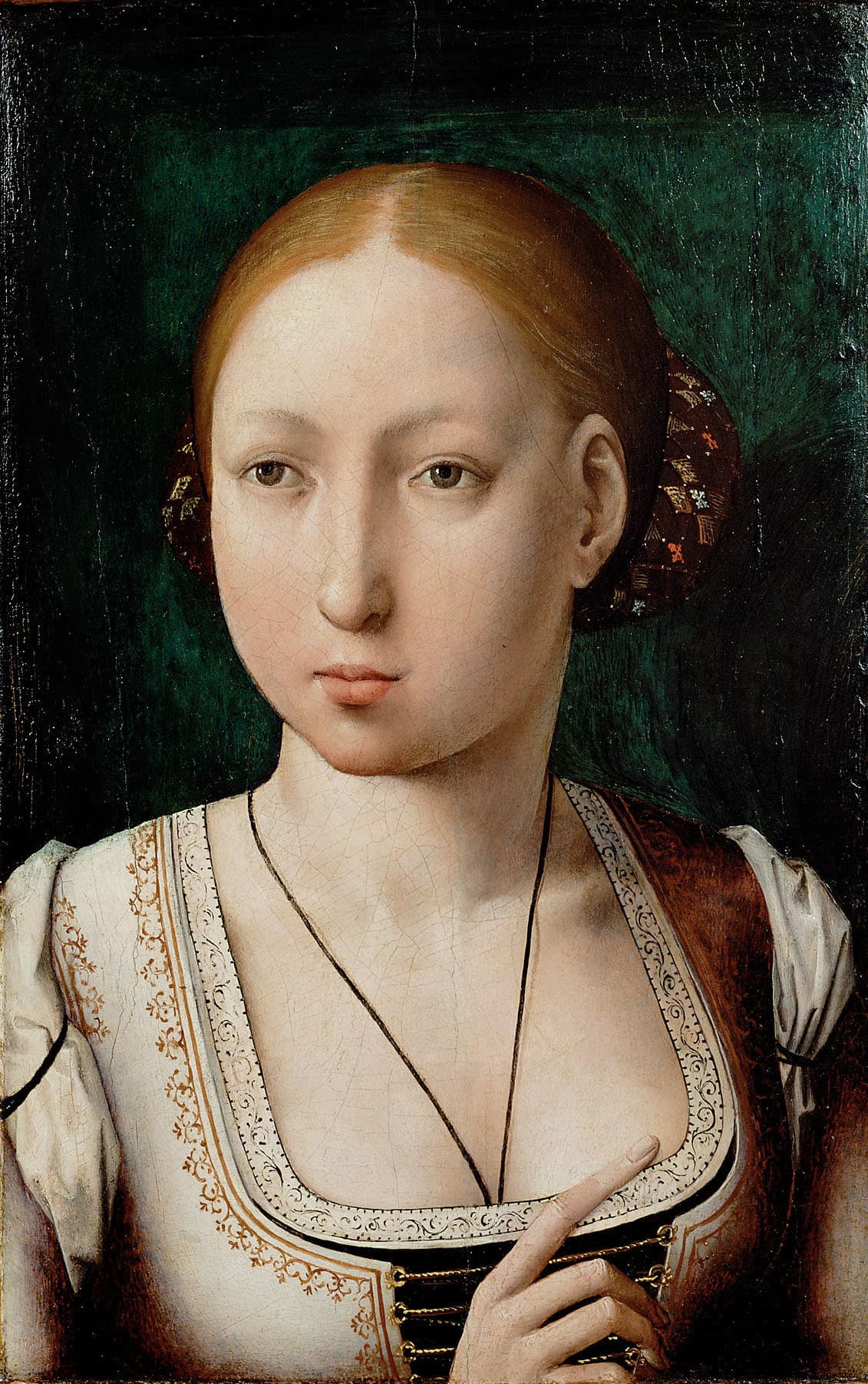 Joan of Castile, by Juan de Flandes - Kunsthistorisches Museum Wien
Joan of Castile, by Juan de Flandes - Kunsthistorisches Museum WienIn 1496 the marriage of Philip, the son of Maximilian of Austria, and Joan of Castile, daughter of Isabella I of Castile and Ferdinand II of Aragon, took place.
Philip was a charismatic figure known for his good looks (hence the nickname "the Handsome"). Joan was intelligent and well-educated. However, their union had little to do with love and everything to do with politics. The Habsburgs sought a foothold in Spain, a rising power, while Isabella and Ferdinand aimed to secure their newly unified kingdom through a strong alliance.
Despite the political motives, Joan and Philip reportedly developed a genuine affection for each other.
In 1500 when Joan's elder siblings died, Joan became heir presumptive to the thrones of Castile and Aragon. Philip, eager for power, became co-ruler with Joan. However, their reign was marked by conflict. Philip's arrogance and infidelity strained their relationship.
Upon Isabella's death in 1504, Joan should have inherited the throne of Castile. Despite having the legal claim, her father Ferdinand declared Joan unfit to rule, paving the way for his regency and potentially securing the throne for his grandson, Charles V
The turning point came in 1506 when Philip died suddenly, suspected of poisoning. Joan, devastated by grief, refused to let go of his body, insisting on carrying it with her on her travels. This behavior fueled rumors of madness, but some historians believe it was a manifestation of her deep love and despair.
Was Joan really mad?
Many historical accounts suggest Joan traveled with Philip's body for a significant period. Some estimates put it at six to eight months, while others claim it could have been as long as a year. Joan's actions could have stemmed from a combination of grief, suspicion, defiance, and the cultural norms of the time. Unfortunately, due to the lack of definitive historical records and the subjective nature of human emotion, we may never fully understand Joan's motivations.
Declaring Joan mad was undeniably convenient for the men around her who desired power.
Rumors of her madnes already occured when Philip was still alive. Philip likely wanted to be the sole ruler alongside Joan. Her "madness" could have been used to justify limiting her influence and consolidating his own power. Her father had his own reasons for reinforcing these rumors.
After Philip's death, her father Ferdinand declared her unfit to rule. This way, he could maintain control of the kingdoms and potentially prevent them from falling under Habsburg rule (as the deceased Philip was from Austria). He was nearing the end of his reign, and wanted to ensure a smooth succession for his chosen heir, his grandson, the later Charles V.
Mad or not, Joan was declared unfit to rule in 1508, and remained imprisoned in the Tordesillas castle until her death in 1555. That is 47 years! Reason enough to become mad after all!
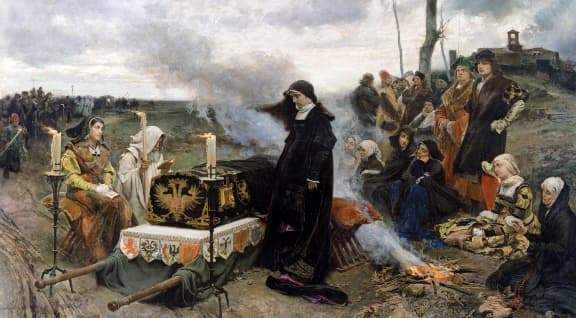 Joanna with the coffin containing the body of Philip in 1506
Joanna with the coffin containing the body of Philip in 1506Charles V: The Unification of Power
Charles V, born in 1500, inherited a vast and sprawling empire.
Charles became Holy Roman Emperor, King of Spain, Archduke of Austria, and ruler of the Netherlands. He ruled over a vast domain encompassing Spain, Austria, the Netherlands, and parts of Italy.
This made him the most powerful ruler in Europe during his reign in the first half of the 16th century. He faced numerous challenges throughout his rule, including religious conflicts arising from the Protestant Reformation and constant warfare against France for dominance in Europe.
Under his reign, Spain reached its zenith, becoming a dominant force in Europe, the Americas, and the fight against the Ottoman Empire.
Charles V's reign ushered in a "Golden Age" for Spain, marked by exploration, cultural flourishing, and immense wealth flowing from the New World.
From Golden Age to Decline: The Reigns of Philip II, III, and IV of Spain
Philip II (1556-1598) inherited a vast empire from his father, Charles V. A devout Catholic, he championed the Counter-Reformation, leading to clashes with Protestant powers like England. His reign witnessed the peak of Spanish might, fueled by riches from the Americas and a strong military. However, costly wars, including the failed Spanish Armada against England, drained the treasury.
Philip III (1598-1621) ascended to a throne burdened by debt. Less interested in ruling himself, he relied heavily on favorites, leading to a decline in Spanish influence abroad. While maintaining peace in Western Europe, his reign was marred by the expulsion of the Moriscos, Spanish Muslims who had converted to Christianity. This mass exodus significantly weakened Spain's economy and social fabric.
Philip IV (1621-1665) inherited a further weakened empire. During his reign, Spain's decline became more evident. He faced constant wars, including the Thirty Years' War in Europe, and a successful rebellion in Portugal that ended the Iberian Union. Despite this, Philip IV was a patron of the arts, fostering a flourishing cultural scene in Spain.
The Netherlands and Spain: A Tumultuous Relationship Under the Philips
Philip II inherited the Netherlands from his father, Charles V. However, tensions arose due to religious differences. Philip, a fervent Catholic, sought to suppress Protestantism in the Netherlands, which had a strong Protestant population. The Netherlands resented Philip's attempts to raise taxes to fund his wars. and felt increasingly controlled by a distant Spanish monarch.
These factors culminated in the Dutch Revolt in 1568. The Netherlands, led by figures like William of Orange, declared independence from Spain. This sparked the Eighty Years' War (1568-1648), a grueling conflict that ultimately led to the Dutch Republic's recognition as an independent state by Philip IV.
The last Spanish Habsburg
The reign of Charles II, the last Habsburg king of Spain (1665-1700), marked a stark contrast to the era of the Philips.
Born frail and sickly, likely due to generations of Habsburg intermarriage, his reign was overshadowed by constant ill-health and a lack of heirs.
Despite two marriages, Charles II remained childless, leaving the future of the vast Spanish Empire uncertain. His death in 1700 triggered a massive power struggle known as the War of the Spanish Succession, as European powers clashed, eager to seize control of Spain's vast and lucrative empire. He is the last branch on the Spanish Habsburg family tree. You can read the story of Charles II here.
